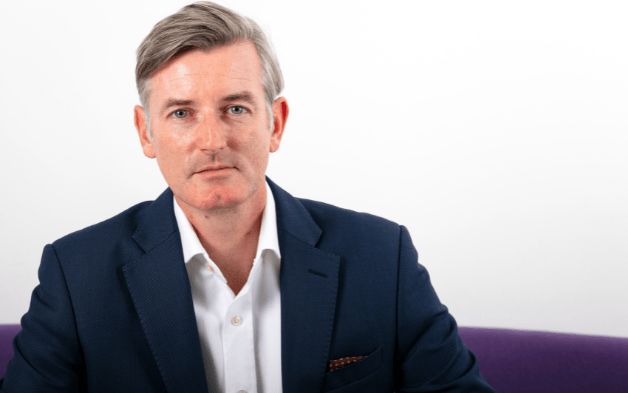Brunel Pension Partnership chief investment officer David Vickers recently flagged the risk of today’s “Goldilocks” economic scenario not delivering for investors. Although recession risk is receding; markets have priced in three rate cuts in the US and the inflation dragon appears slain, the reality might be different.
Vickers, who joined as CIO in 2021 to oversee around £40 billion in assets at one of the eight LGPS pools, warned that conflict in Ukraine and the Middle East, and weakening economic data pose substantial investor risks. He said equity is, on aggregate, more expensive and warned that investor compensation for investing in debt markets is low. “It is plausible we get a Goldilocks scenario, but [investor] disappointment if we don’t will be keenly felt.”
Brunel Pension Partnership goes into 2024 with a raft of ambitions but also facing challenges, states the asset manager’s recently published Annual Review. One of the biggest unknowns is UK government plans for the LGPS pools. Following a consultation on the future of the LGPS, policy makers laid out ambitions for pools to transition all assets by March 2025, a process some local authority pension funds like West Yorkshire, part of Northern LGPS, have been slow to complete.
The government also targets further consolidation, suggesting pools reach £200 billion by 2040. Brunel says it has appointed “a third party to enable us to consider options for consolidation.”
Pools also face government pressure to invest more in unlisted assets and venture. In its 2023 Autumn Statement the government said it will revise guidance that the LGPS double its allocation to private equity to 10 per cent.
Brunel has also stated new commitments to raise manager reporting duties. In its latest climate policy, which updates an original policy first published in 2020, the investor promises to “turn the screws” on managers and its holdings via increased RI expectations, seeking to drive whole-economy change for the long term and “not simply buff our portfolios.”
Brunel was one of the first out of the gates regarding pooling assets and integrating sustainability. In 2018 it was the first UK pool to sign up to TCFD reporting and the first to launch its own RI policy. One year later, it had transitioned 50 per cent of client assets. In 2021, it formally committed to net zero, co-launched new Paris-aligned benchmarks and had introduced a suite of 17 multi-client portfolios – adding a local impact portfolio in 2022. Last year it introduced a fourth cycle of private markets portfolios and began developing a new RI priority – biodiversity.
The investor will spend much of this year beginning to integrate nature risk having committed to adopt Taskforce on Nature-related Financial Disclosures (TNFD) reporting metrics that detail nature dependencies, impacts, risks and opportunities in the financial year 2025-6, one of 320 organisations from 46 countries that signed up as early adopters in Davos.
Brunel’s TNFD commitment builds on earlier biodiversity initiatives. Last year it conducted a pilot project with S&P Global to assess nature risk across its listed equity and fixed income portfolios. Working with S&P Global enabled Brunel to delve into complex themes, like identify companies whose assets overlap with existing protected areas and key biodiversity areas. “Less than a third of Europe’s biggest companies have set biodiversity targets,” it states.
In it’s latest review, Brunel reports that absolute performance was strong across all listed market categories, in a reversal of 2022. Within private markets, whilst performance data is lagged, the last audited NAVs show that portfolios performed well.
Active management struggled, specifically in global equity mandates, given the concentration of returns. Indeed, the global equity index looks likely to have beaten the vast majority of active managers. Brunel’s least constrained fund, global high alpha, kept pace.
Other 2023 milestones include successfully trialing AI internally and strengthening access to data by drawing a clearer line between data managers and data owners.



